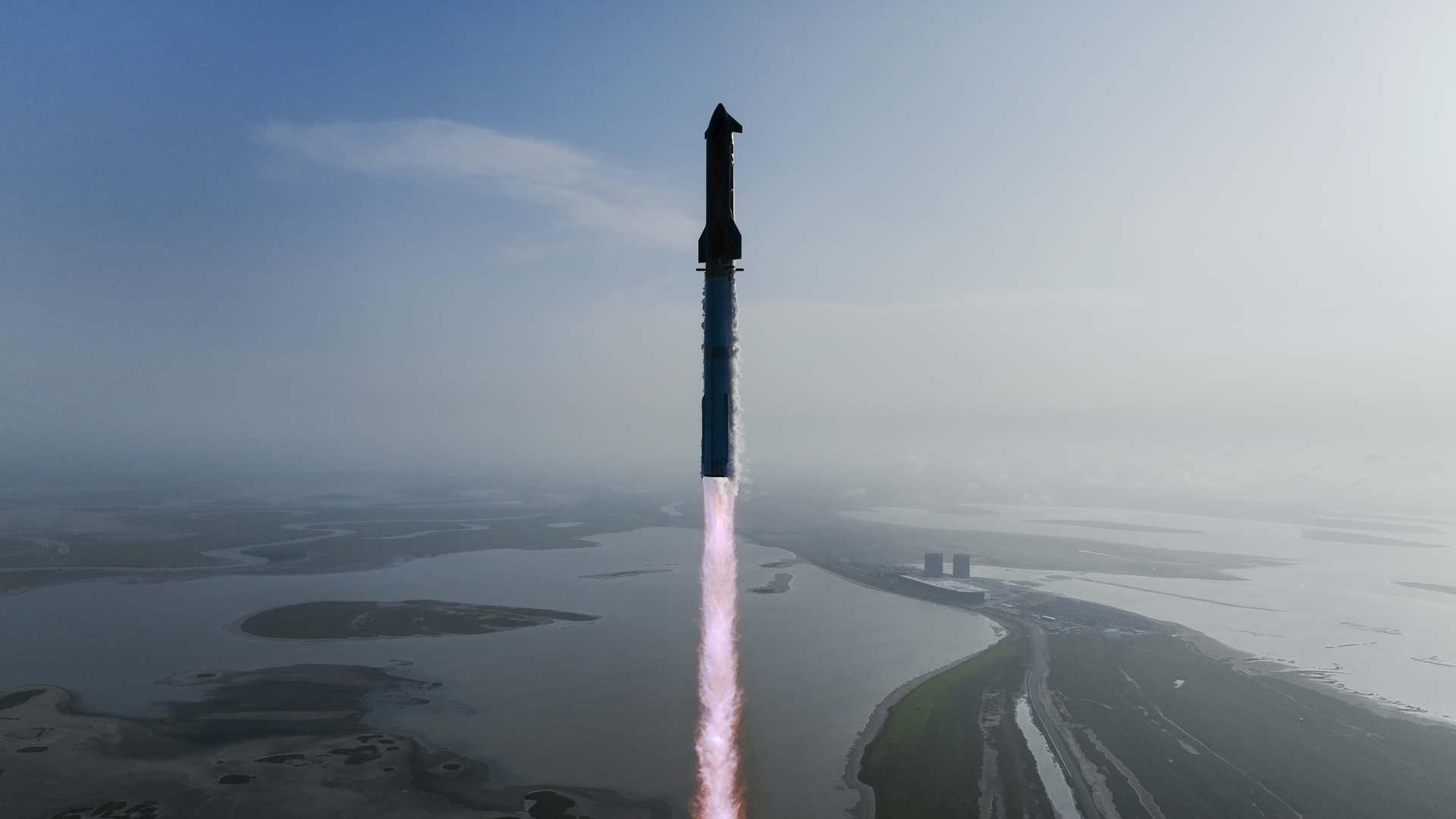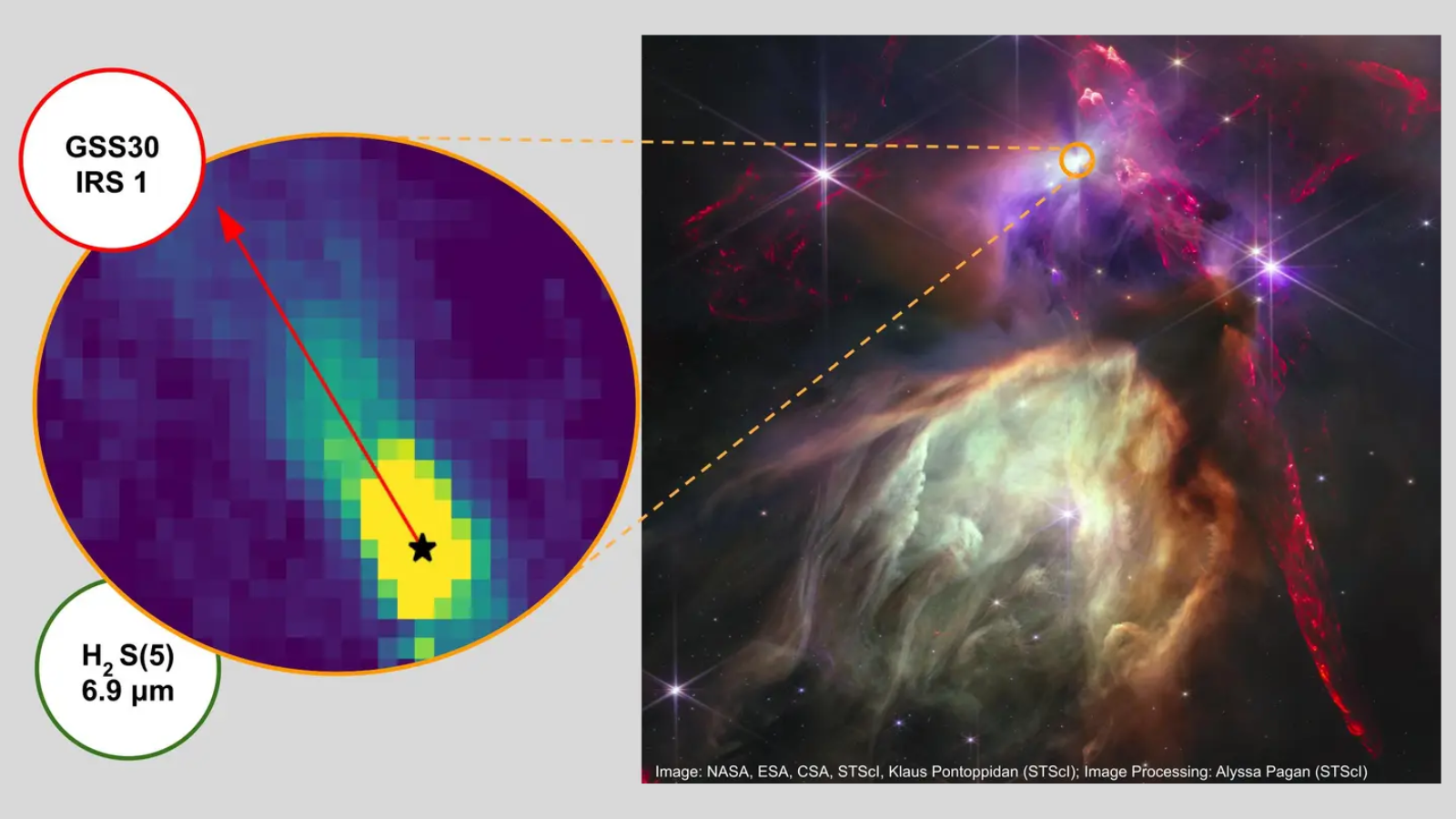SpaceX aims to launch Starship Flight 10 test flight on Aug. 24
It will be the 10th launch to date of a fully stacked Starship vehicle.

SpaceX says the 10th integrated test flight of its Super Heavy Starship launch vehicle could launch as soon as Aug. 24.
Liftoff from the company's Starbase, Texas, manufacturing and test site is expected during a launch window that begins at 7:30 p.m. EDT (2330 GMT). SpaceX announced the launch date on X Friday (Aug. 15), about one week later than SpaceX CEO Elon Musk predicted in mid-July when he estimated Starship would launch again in "about three weeks."
Flight 10 will be Starship's fourth launch of 2025, and comes at a critical junction in the spacecraft's development. Starship's three previously flights this year have ended with the loss of the upper stage, and with each loss comes a tighter squeeze on the timeline to ready the vehicle to serve as the lunar lander for the astronauts on NASA's Artemis 3 mission to the surface of the moon, slated for sometime in 2027.
The fully stacked, the Super Heavy booster and the Starship upper stage stand about 394 feet (120 meters) tall. Flight 10 will fly Booster 16 and Ship 37, both Block 2 variants of the evolving launch vehicle, as SpaceX introduces incremental upgrades for each mission.
The launch follows Flight 9, which lifted off May 27 and ended with the Ship upper stage breaking apart in space about 45 minutes into flight. Less than a month later, on June 18, a static test fire at Starbase resulted in an explosion, destroying Ship 36 — the vehicle original slated for Flight 10 — and damaging SpaceX test infrastructure.
Those mishap investigations completed, Starship Flight 10 is headed to the launchpad with a fresh set of mission objectives. Once in space, after stage separation, Starship will deploy eight Starlink satellite mass simulators, perform an in-space Raptor engine relight and attempt a controlled splashdown in the Indian Ocean. Booster 16, meanwhile, will alter its trajectory for a controlled splashdown in the Gulf of Mexico.
The tenth flight test of Starship is preparing to launch as soon as Sunday, August 24 → https://t.co/UIwbeGoo2B pic.twitter.com/j0YKKgAxAVAugust 15, 2025
Of the nine Starship test flights so far, several have achieved partial success — including catching a Super Heavy booster using the launch tower "Mechazilla" chopstick arms and refurbishing it for reuse — but not have yet met all mission objectives from launch to landing.
Breaking space news, the latest updates on rocket launches, skywatching events and more!
SpaceX is developing Starship as part of Musk's vision to make human life multiplanetary by sending people to Mars, and is also central to NASA's Artemis program to return astronauts to the moon for long-duration missions.

Josh Dinner is the Staff Writer for Spaceflight at Space.com. He is a writer and photographer with a passion for science and space exploration, and has been working the space beat since 2016. Josh has covered the evolution of NASA's commercial spaceflight partnerships and crewed missions from the Space Coast, as well as NASA science missions and more. He also enjoys building 1:144-scale model rockets and human-flown spacecraft. Find some of Josh's launch photography on Instagram and his website, and follow him on X, where he mostly posts in haiku.
You must confirm your public display name before commenting
Please logout and then login again, you will then be prompted to enter your display name.
